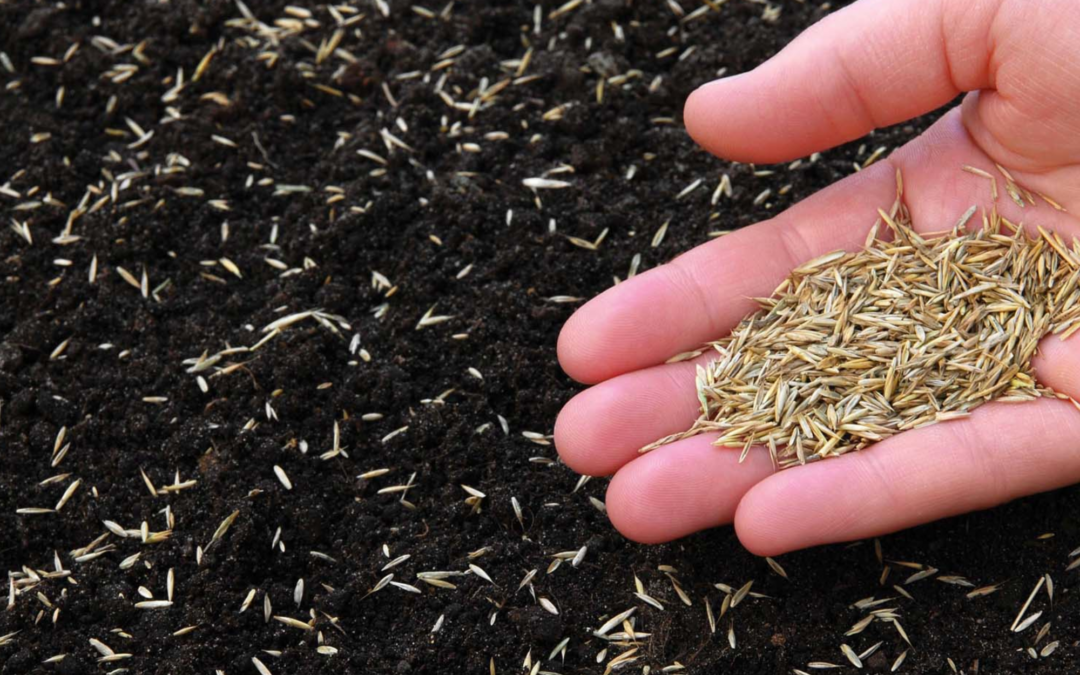Overseeding your lawn can help improve its overall health and appearance. It’s the process of adding more grass seed to an existing lawn to improve its density and fill in bare spots. Aerating, which involves creating holes in the soil, is typically recommended before overseeding to improve seed-to-soil contact and increase the chances of successful germination. However, it’s not always necessary, and you can indeed overseed without aerating. Read along and follow these steps to overseed your lawn with aerating it:
- Mow the lawn: Before overseeding, mow the lawn to a height of about 2 inches. This will help the new grass seed to reach the soil and get the sunlight it needs to grow
- Rake and remove debris: Use a rake to remove any debris, such as dead grass, leaves, and twigs, from the lawn. This will make it easier for the new grass seed to reach the soil.
- Spread the grass seed: Use a spreader to evenly distribute the grass seed over the lawn. Be sure to follow the recommended seeding rate for the specific type of grass you are planting.
- Water the lawn: After seeding, water the lawn thoroughly to help the seed settle into the soil. Keep the soil consistently moist until the new grass has established itself, which may take up to several weeks.
- Fertilize the lawn: Once the new grass has started to grow, apply a fertilizer to give it the nutrients it needs to thrive. Be sure to follow the recommended application rate for the specific type of fertilizer you are using.
By following these steps, you can successfully overseed a lawn without aerating. However, keep in mind that the new grass may not grow as densely as it would with aerating, and it may take longer to establish itself. If you have a heavily compacted or patchy lawn, aerating before overseeding may be a better option.
